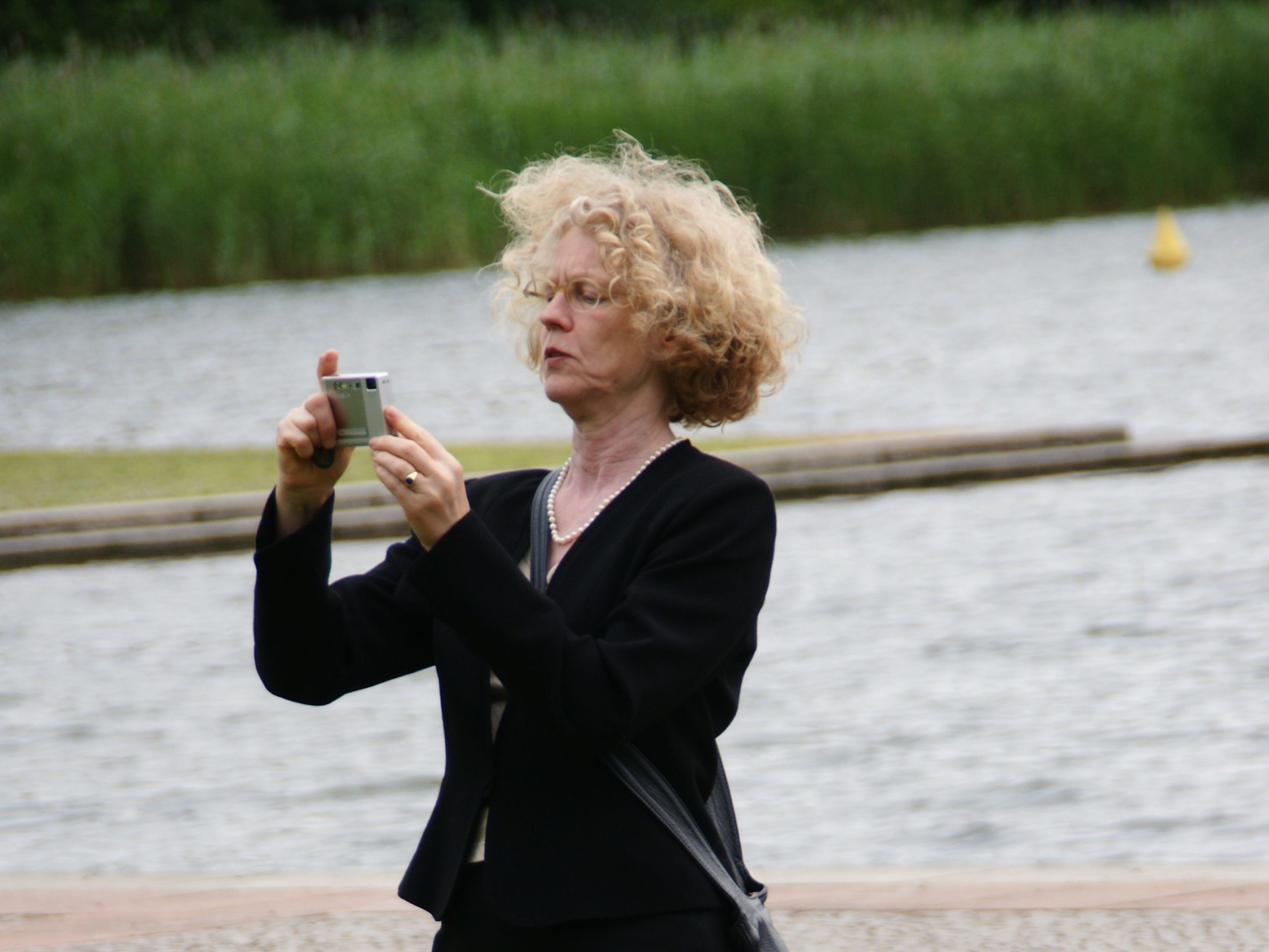Susanne Lanwerd
How does a word – in this case, “serendipity” – become a part of a living language? “Serendip” first arose in English centuries ago, in the UK, where it arrived via a Persian fairytale first published in Venice in the 16th century. In the tale, three princes make unexpected discoveries in the land of Sarandīb. The English term “serendip” was mentioned in 1754, in the letters of Horace Walpole, who may have been acquainted with the tale under the title “The Three Princes of Serendip.” Since then, the word has been making its way around through world history. In this experimental approach, I would add aesthetics.
What is the effect of an aesthetic and serendipitous approach with an eye to the coronavirus?
In a pandemic, people’s lives and livelihoods are at risk in several ways at once. There is the physical threat, along with the threat to people’s jobs, to culture, to urban life, and to life in general and joy; both physical and social existence are called into question.
An experimental approach to how the coronavirus, aesthetics, and the body fit together engenders situations and circumstances that throw the processes in which they are interconnected into stark relief. Beyond that, every experimental approach tests out different stances and generates insight.
The aesthetics of serendipity are related to peripheral vision, allowing us to see something out of the corner of our eye. This means the possibility of insight is unlocked under narrow, simple, or special circumstances. Aesthetic serendipity, which – as with peripheral vision – is reflected in body language, is found in many places. For example, it emerges wherever anamorphosis is found, an artistic way of distorting an image so that it only becomes recognizable from a certain perspective or using a certain technique. Or in musical improvisations created through physical participation, gestures, looks, nodding, facial expressions. Or thanks to every drawing that – whisper-light, a few lines presenting the merest suggestion – gives us a window onto the density of life, the complexity of humanity, all on paper.
The link between psychoanalysis, aesthetics, and serendipity is obvious. After all, each of these forms of attention involves displacements, and every displacement comes with unconscious elements, offering – without a specific goal in mind – an explanation of the world.

Susanne Lanwerd is a professor of aesthetics, psychoanalysis, and cultural studies at IPU Berlin. One of her most recent books examines the connection between coronavirus and climate change
For more areas of focus and publications, please visit her website.